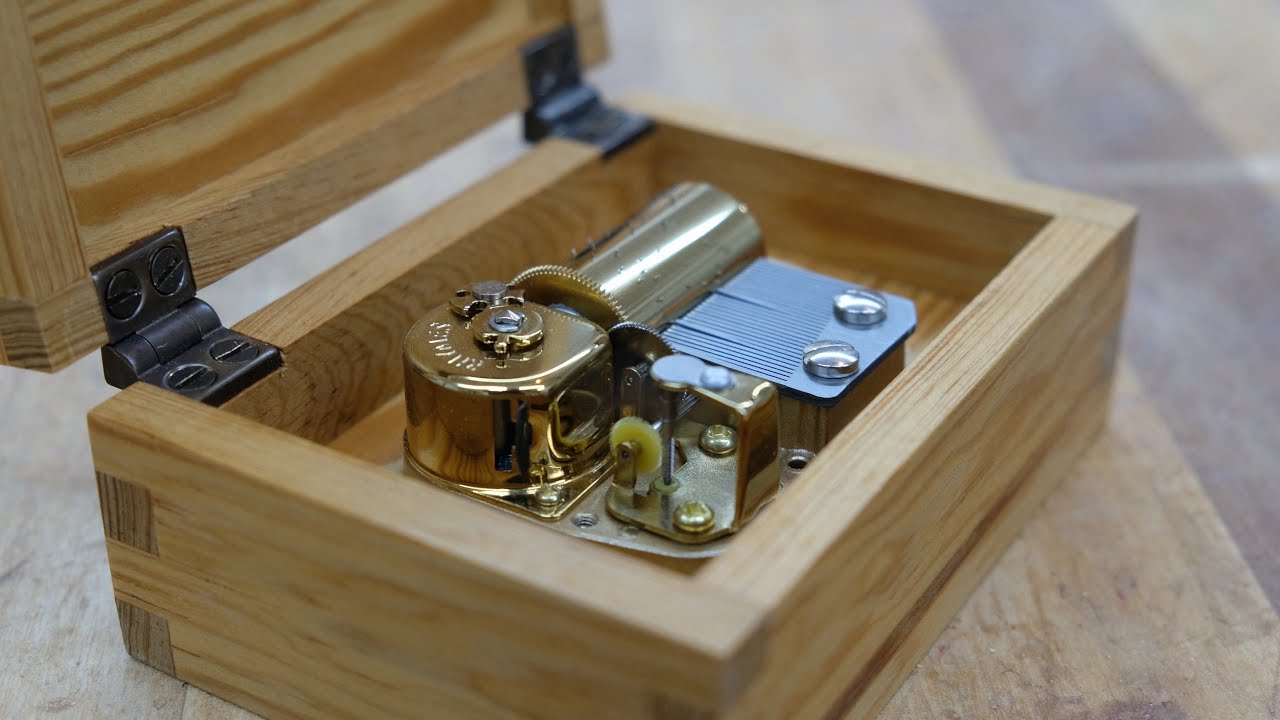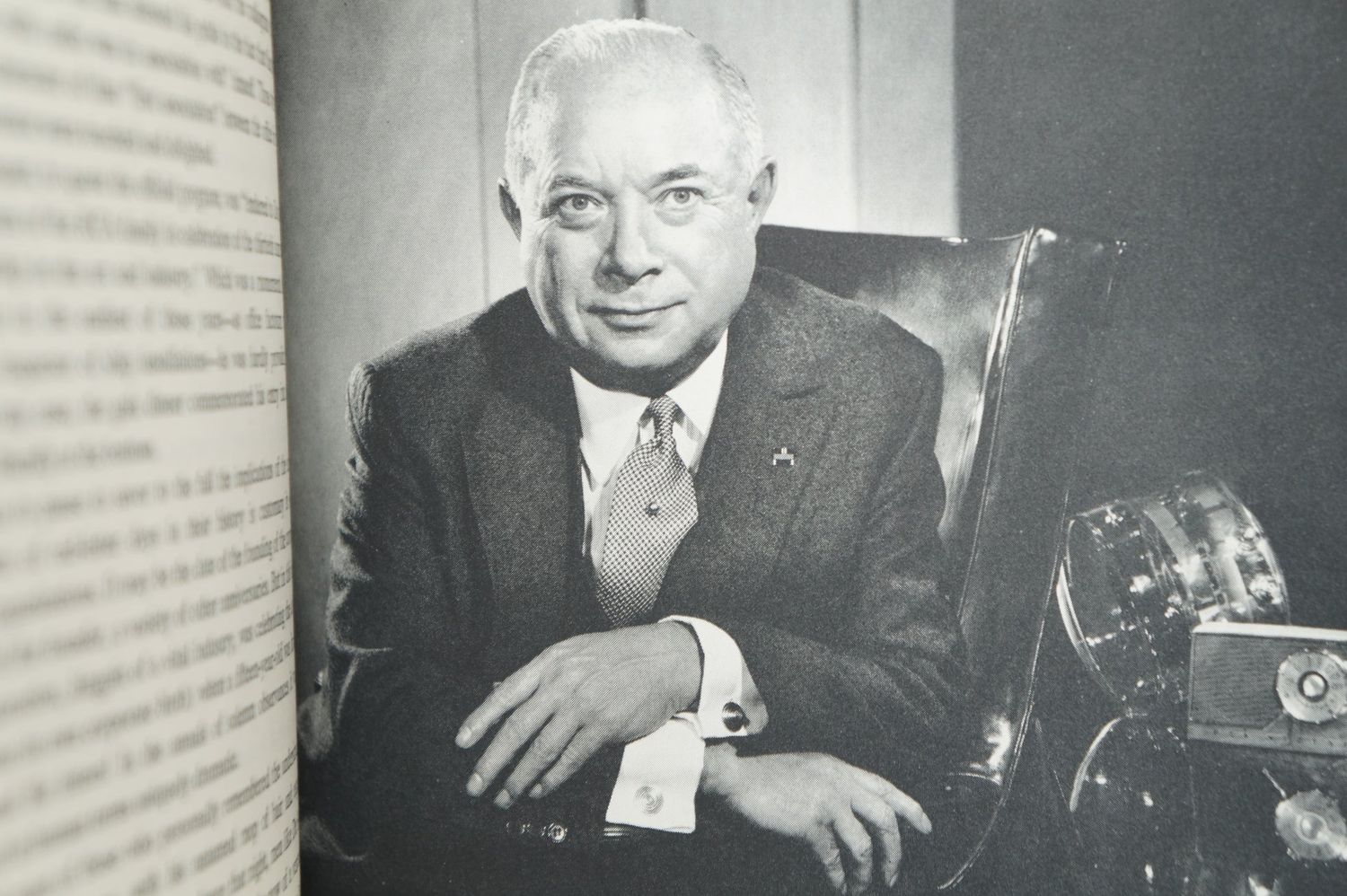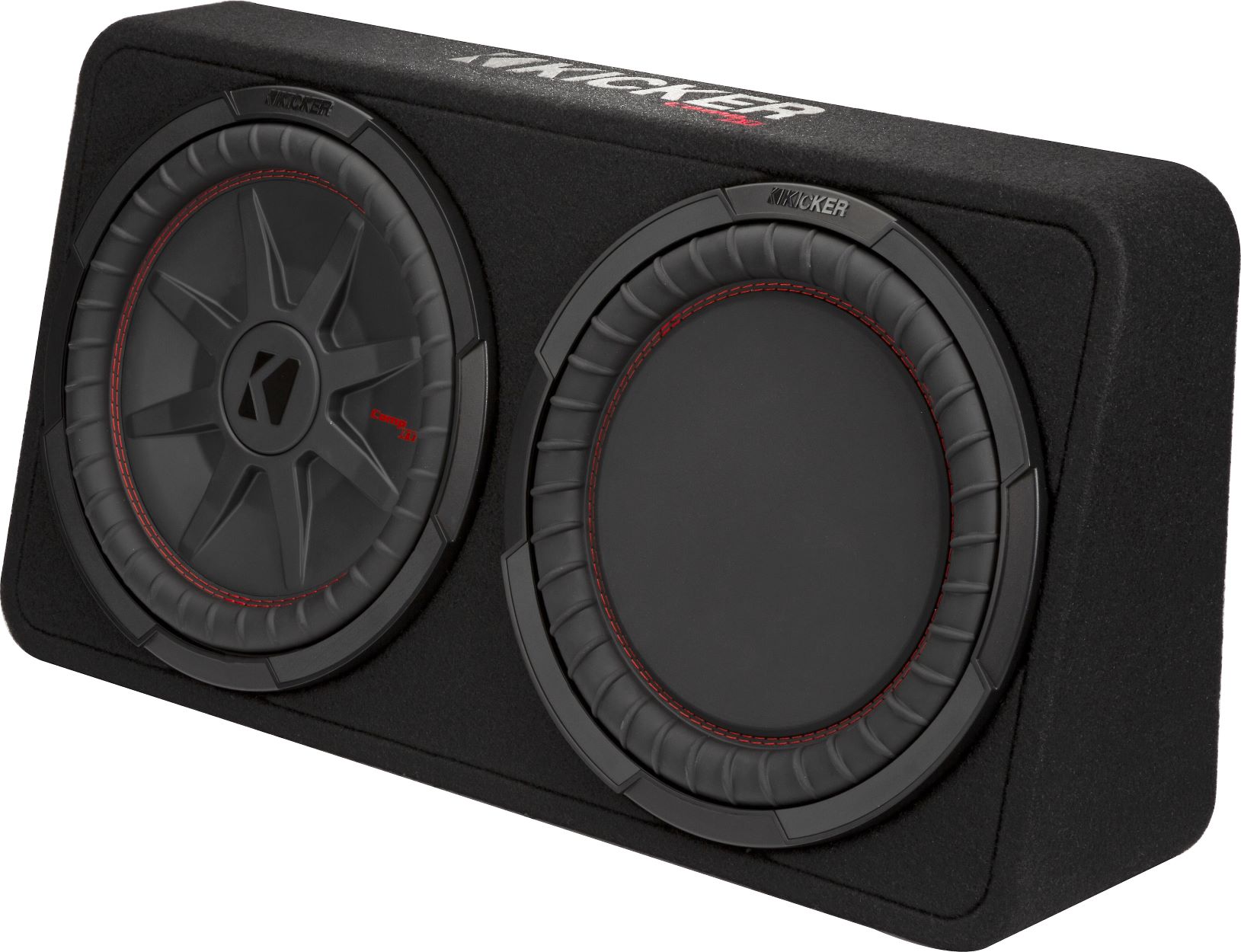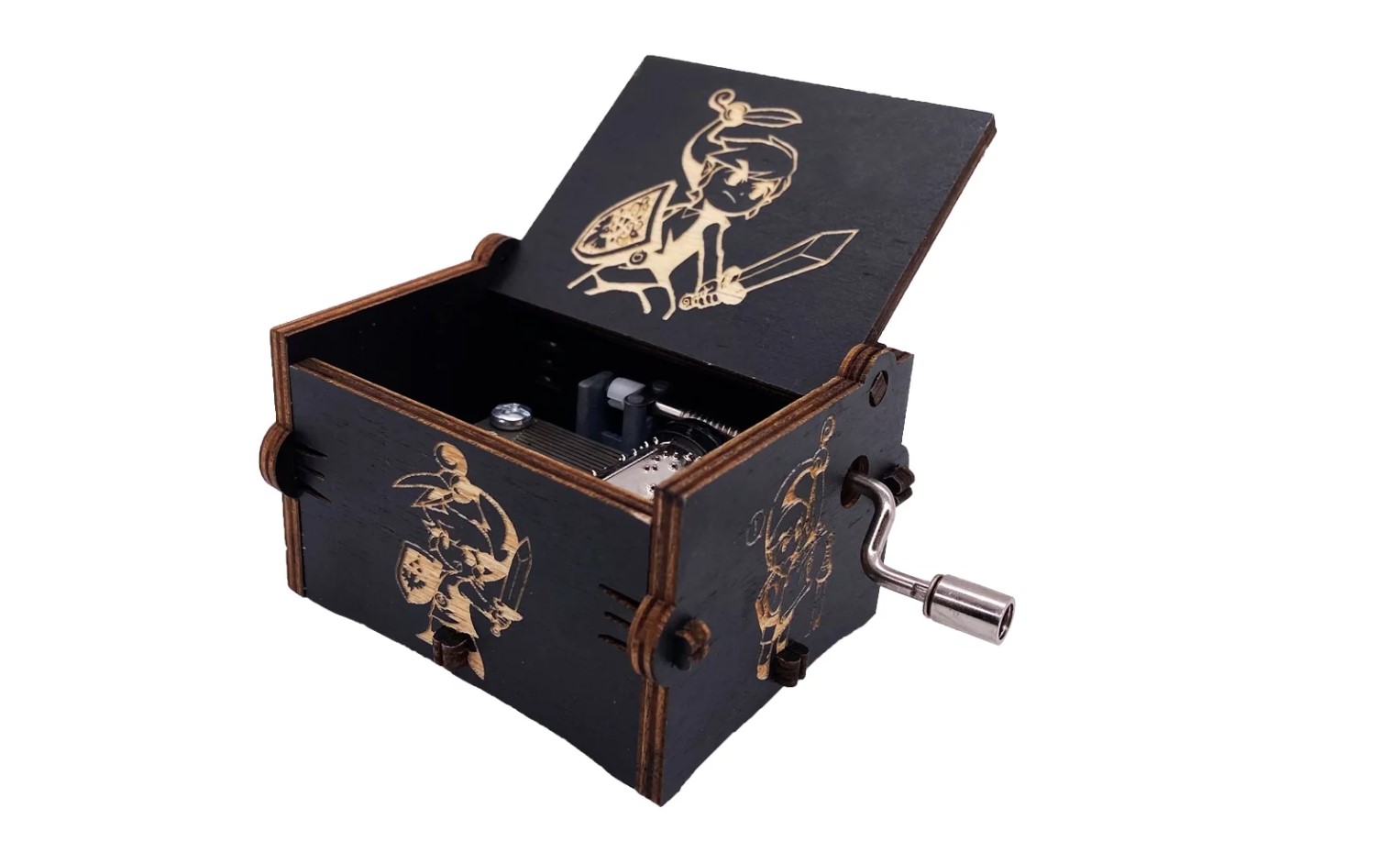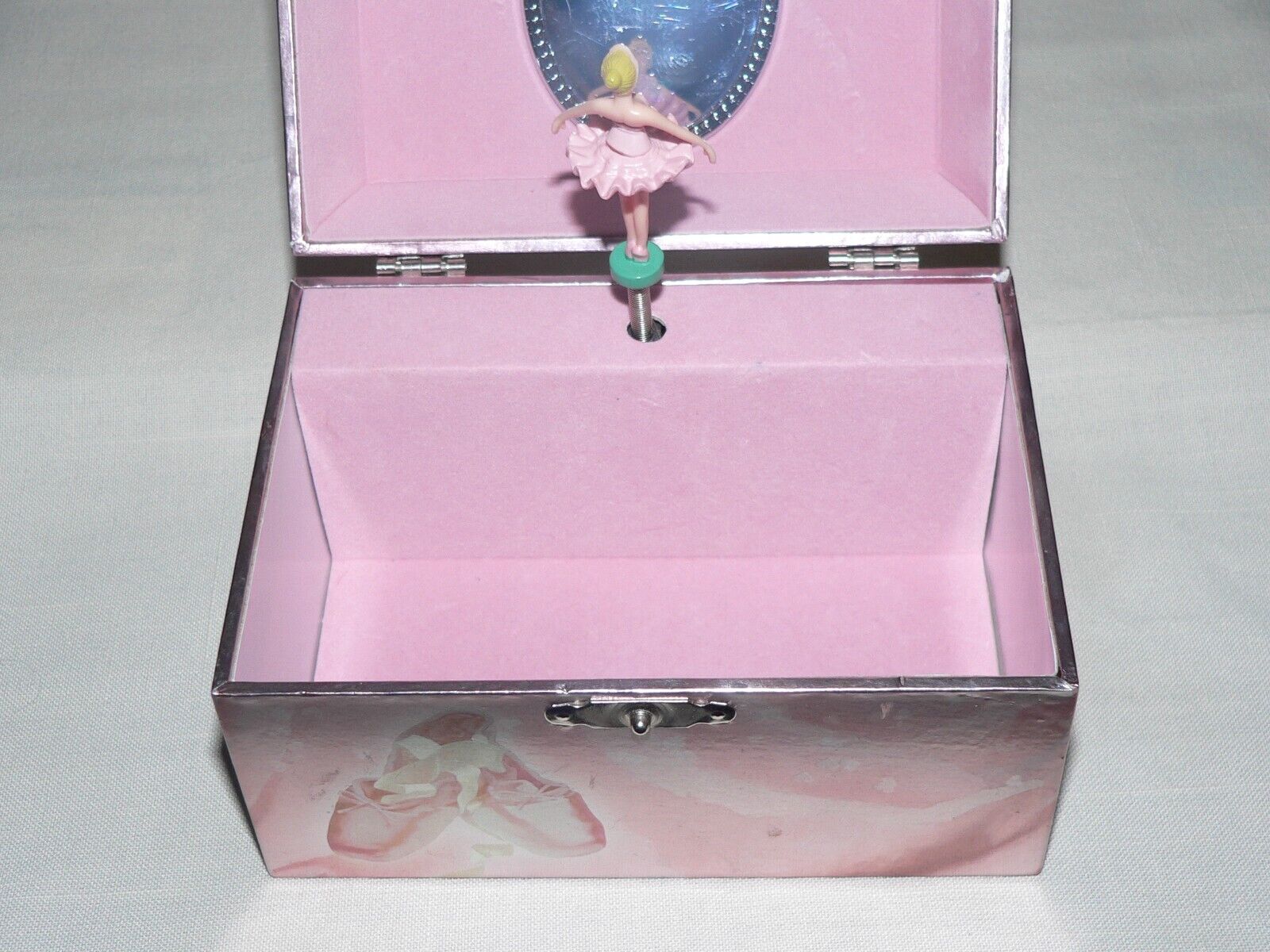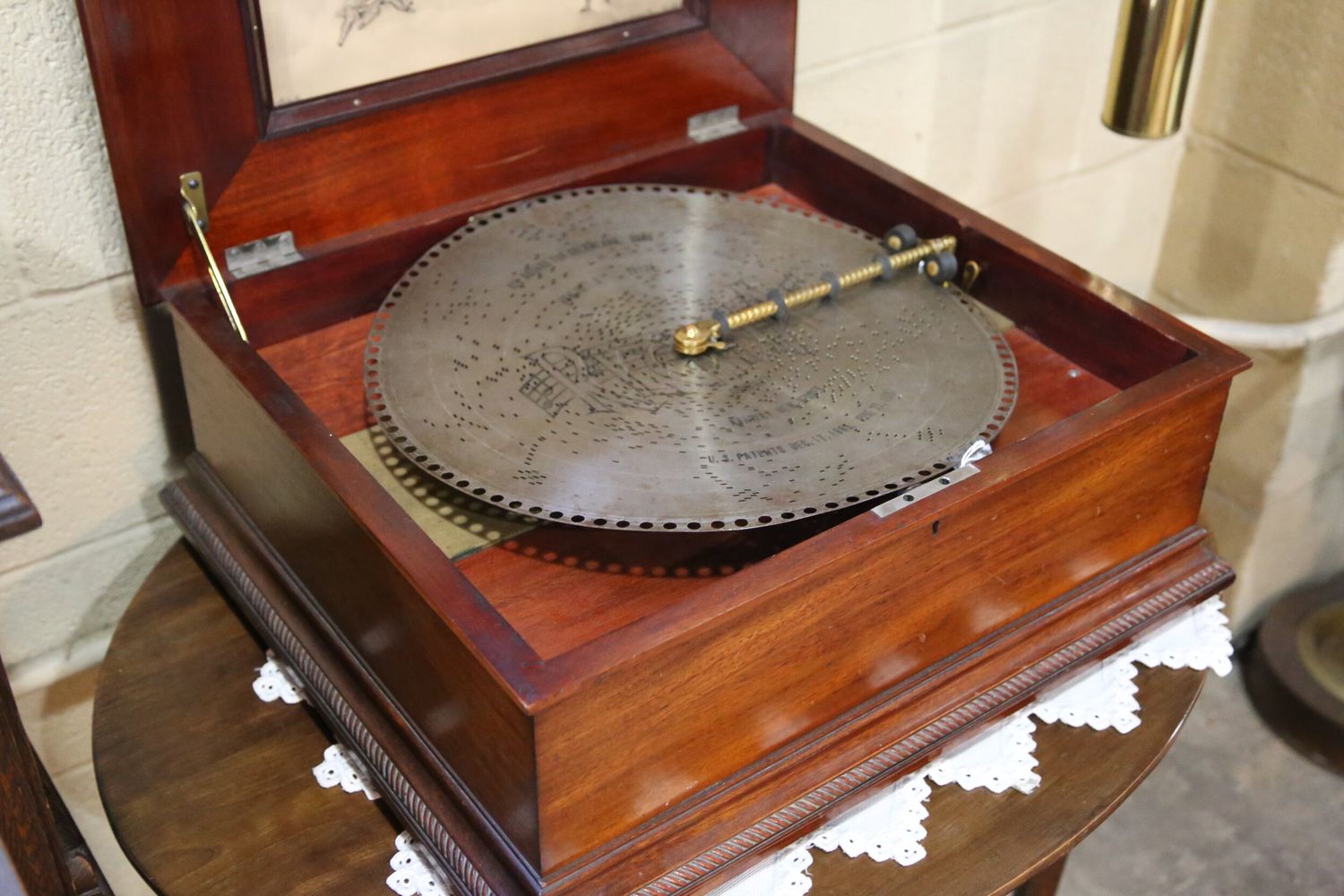Home>Devices & Equipment>Music Box>What Do Music Box Represent


Music Box
What Do Music Box Represent
Modified: January 22, 2024
Discover the meaning behind music boxes and what they symbolize. From nostalgia to enchantment, explore the significance of the charming musical instrument known as the music box.
(Many of the links in this article redirect to a specific reviewed product. Your purchase of these products through affiliate links helps to generate commission for AudioLover.com, at no extra cost. Learn more)
Table of Contents
Introduction
Music boxes have captured the hearts of people around the world for centuries. These charming and intricate creations are not only beautifully crafted pieces but also hold great cultural and sentimental value. From their humble beginnings to their widespread popularity today, music boxes have become an iconic symbol of nostalgia and enchantment.
In this article, we will delve into the rich history of music boxes and explore their mechanisms, cultural significance, and the joy of collecting them. Additionally, we will take a closer look at some of the most famous and beloved music boxes that have left an indelible mark on musical history.
Steeped in tradition and craftsmanship, music boxes have a timeless allure that continues to captivate people of all ages. Whether it’s the delicate melody that emanates from within or the exquisite craftsmanship that adorns the exterior, music boxes have a unique charm that evokes a sense of wonder and nostalgia.
Join us on a journey through the magic of music boxes as we uncover the stories, the melodies, and the emotions they hold within their tiny, musical worlds.
History of Music Boxes
The history of music boxes dates back to the late 18th century when a Swiss watchmaker named Antoine Favre first invented a device that could play tunes using a set of tuned metal teeth. This early version of the music box was known as the “musical snuff box” and was designed to hold snuff, a type of powdered tobacco that was popular at the time.
With the advancement of technology and the growing demand for musical entertainment, the music box evolved. In the early 19th century, music boxes became larger and more elaborate, incorporating complex mechanisms that could play a wider range of melodies. These stunning works of art were decorated with intricate engravings, inlaid woodwork, and even painted scenes.
During the Victorian era, music boxes reached the height of their popularity. They became a sought-after luxury item and were often given as gifts to mark special occasions. Music boxes were not only admired for their musical capabilities but also for their exquisite craftsmanship.
By the late 19th century, music boxes were being mass-produced, making them more accessible to the general public. They became a staple in households, bringing the joy of music into the homes of many.
In the early 20th century, with the rise of phonographs and radios, the popularity of music boxes waned. However, their unique charm and sentimental value ensured their continued presence in the hearts of collectors and enthusiasts.
Today, music boxes continue to be cherished and celebrated as timeless treasures. They serve as reminders of a bygone era and continue to capture the imagination of people of all ages. From vintage antiques to modern designs, music boxes continue to enchant with their melodic tunes and nostalgic appeal.
Mechanisms of Music Boxes
At the heart of every music box lies its intricate mechanism, responsible for producing the enchanting melodies that fill the air. Music boxes operate on simple yet fascinating principles, utilizing a combination of gears, pins, and a rotating cylinder or disc to create their beautiful sounds.
The basic mechanism of a traditional music box consists of a metal cylinder or disc that is embedded with strategically placed pins or raised bumps. As the cylinder or disc rotates, these pins or bumps pluck the tuned metal teeth or tines, producing different pitches and creating the melody.
The cylinder mechanism is commonly found in antique and vintage music boxes. These cylindrical mechanisms often feature interchangeable cylinders, allowing for different tunes to be played. Some music boxes also have multiple cylinders, offering a variety of melodies at the turn of a switch.
In more modern music boxes, a disc mechanism is employed. These discs are typically made out of metal or plastic and have precisely spaced bumps that correspond to different notes. As the disc spins, the bumps engage with the teeth or tines, producing the desired tune.
Another type of mechanism found in music boxes is the comb mechanism. In this design, a comb-like structure made of metal is responsible for producing the sound. As the cylinder or disc rotates, small pins pluck the teeth of the comb, creating the musical notes. The intricacy and precision of the comb and its teeth determine the quality of the sound produced.
While the mechanisms may have evolved over time, the magic of a music box lies in its ability to translate the movement of gears and pins into melodies that touch our hearts. Whether it’s the gentle lullaby of a lullaby music box or the cheerful tunes of a carousel music box, the mechanisms work harmoniously to bring joy and nostalgia to listeners.
Cultural Significance of Music Boxes
Music boxes hold a significant place in various cultures around the world, symbolizing more than just a means of entertainment. They have become cherished heirlooms, cultural icons, and artistic expressions that evoke emotions and memories.
In many cultures, music boxes are associated with nostalgia and sentimental value. These intricate treasures often hold sentimental attachments, reminding us of loved ones, cherished memories, or special occasions. Music boxes are commonly given as gifts for birthdays, anniversaries, weddings, and other significant milestones, symbolizing the enduring bond between individuals.
Furthermore, music boxes have a deep connection to storytelling. The melodies they produce have the power to transport us to different eras and evoke a wide range of emotions. The music box has been used as a plot device in literature, movies, and even ballets, serving as a metaphor for unlocking memories or triggering moments of reflection.
In some cultures, music boxes have religious significance. They are used in religious ceremonies or rituals as a way to create a serene and contemplative environment. The melodies produced by the music box can serve as a pathway to connect with the divine or to find solace in times of hardship.
Music boxes also play a part in the cultural traditions of certain countries. In Switzerland, for example, music box craftsmanship is celebrated as an integral part of their cultural heritage. The town of Sainte-Croix in Switzerland is known as the birthplace of music box manufacturing and remains a hub for artisans and craftsmen to this day.
Moreover, music boxes have influenced various art forms, including visual arts and music composition. The delicate melodies and enchanting sounds produced by music boxes have inspired painters, sculptors, and musicians to create works that capture the essence of the music box’s allure.
Overall, music boxes have transcended their mechanical nature to become cultural icons that hold deep meaning and significance. They are treasured not only for their beautiful melodies but also for the emotions and memories they evoke, making them a timeless symbol of love, nostalgia, and creativity.
Musical Themes in Music Boxes
One of the enchanting aspects of music boxes is the variety of musical themes that can be found in their repertoire. From classical compositions to popular tunes, music boxes offer a diverse range of melodies that cater to different musical tastes and preferences.
Classical music is a common theme in music boxes, with famous compositions by legendary composers like Mozart, Beethoven, and Tchaikovsky being popular choices. These timeless melodies bring an air of elegance and sophistication to the music boxes, creating a sense of nostalgia and appreciation for the rich musical heritage.
Music boxes also feature folk tunes and traditional melodies from different cultures around the world. Whether it’s a lively Irish jig, a soulful Spanish flamenco, or a haunting Japanese lullaby, these cultural themes add a unique dimension to the music boxes, representing the diversity and richness of global musical traditions.
Popular music has also found its place in music boxes. Songs from iconic artists or memorable movie soundtracks can be found in music boxes, evoking a sense of familiarity and joy. These melodies help bridge the gap between generations, appealing to both the young and old.
In addition to specific musical themes, music boxes often feature melodies associated with specific occasions or seasons. Christmas music boxes, for example, play traditional holiday tunes like “Silent Night” or “Jingle Bells,” adding a touch of festive cheer to the holiday season. Similarly, music boxes with lullaby melodies are popular choices for nurseries and can create a soothing environment for babies and children.
It’s also worth mentioning that custom-made music boxes allow individuals to choose their own musical themes. This personalization adds an extra layer of meaning and connection to the music box, as it can be tailored to reflect the recipient’s favorite song, a cherished memory, or a significant event in their life.
Whether it’s a classic symphony, a beloved folk melody, or a contemporary hit, the range of musical themes in music boxes ensures that there is something for everyone. With each sweet melody played, music boxes transport us to different times, places, and emotions, creating a memorable musical experience.
Collecting Music Boxes
Collecting music boxes has become a popular hobby for enthusiasts around the world. These exquisite and charming treasures not only provide a glimpse into the craftsmanship of the past but also offer a unique way to appreciate and preserve musical history.
When it comes to collecting music boxes, there are several factors to consider. The first is the type of music box. Some collectors focus on antique music boxes, which can range from delicate snuff boxes to elaborate multi-cylinder designs. These antique pieces often showcase intricate craftsmanship and hold historical value.
Other collectors may be drawn to vintage music boxes from the 19th and early 20th centuries. These pieces can offer a bridge between traditional craftsmanship and more modern designs, with a wide variety of styles and musical mechanisms available.
Contemporary music boxes also have a dedicated following. These modern creations often feature innovative designs, unique materials, and sometimes even incorporate modern technology. Collecting contemporary music boxes allows enthusiasts to explore the evolving world of music box artistry.
In addition to the type of music box, collectors also consider the condition and rarity of the pieces. Mint condition music boxes in their original packaging are highly prized, as they offer a glimpse into how the music box looked when it was first produced. Rare and limited-edition music boxes, especially those with unique features or designs, can also command a higher value among collectors.
Collecting music boxes is not just about acquiring beautiful objects, but also about understanding their history and appreciating their musical capabilities. Many collectors delve into the mechanics of music boxes, learning about the different types of mechanisms, the materials used, and the intricate details that make each piece unique.
For those interested in starting a music box collection, there are various avenues to explore. Antique stores, vintage markets, and online auctions can be excellent sources for finding unique and rare pieces. Additionally, music box conventions, trade fairs, and specialized collector communities offer opportunities to connect with fellow enthusiasts and experts in the field.
Ultimately, collecting music boxes allows individuals to curate a personal collection that reflects their passion for these magical musical treasures. It is a hobby that combines art, history, and the joy of music, providing endless opportunities for discovery, appreciation, and the preservation of this enchanting craft.
Famous Music Boxes
Throughout history, certain music boxes have gained fame and recognition for their exceptional craftsmanship, cultural significance, or association with iconic moments. These famous music boxes have left an indelible mark on the world of music and continue to captivate enthusiasts and collectors alike.
One of the most renowned music boxes is the “Empress of India,” created by Swiss manufacturer Nicole Frères in 1873. This spectacular music box is encrusted with diamonds, emeralds, and other precious gems, showcasing the pinnacle of luxury and opulence during the Victorian era. The “Empress of India” played a significant role in the 19th-century World’s Fairs, mesmerizing audiences with its beauty and mesmerizing melodies.
Another notable music box is the “Belle Epoque Sublime Harmonie” by Charles Bruguier. This masterpiece, crafted in the Art Nouveau style, is adorned with intricate enamelwork and features a double comb mechanism. The “Belle Epoque Sublime Harmonie” is treasured for its exquisite design and exceptional sound quality.
One of the most famous music boxes associated with storytelling is the “Phantom of the Opera” music box. Inspired by Gaston Leroux’s iconic novel and the subsequent musical adaptations, this music box plays the haunting tune of “Music of the Night.” It has become a cherished keepsake among fans of the Phantom of the Opera franchise.
In 1875, the Patek Philippe company created a music box that is considered a technological marvel of its time. The “Patek Philippe Grandmaster Chime” boasts an astonishing 1,728 components, including six barrels and nine different melodies. With its complex mechanisms and exceptional craftsmanship, it is regarded as one of the most intricate music boxes ever created.
Music boxes also hold a prominent place in the Walt Disney world. The “Disneyland Main Street Electrical Parade Music Box” captures the whimsy and magic of this beloved parade with its enchanting melody and intricate design. It serves as a cherished keepsake for Disney enthusiasts and collectors.
Lastly, the music box featured in the film “Amélie” has become an iconic symbol of love, nostalgia, and whimsy. Known as the “Amélie Poulain Music Box,” it plays the delightful melody of “Comptine d’un autre été: L’après-midi” and serves as a reminder of the film’s enchanting storyline.
These famous music boxes, among many others, have captured the imagination of people around the world. Through their timeless melodies, intricate designs, and historical significance, they continue to remind us of the beauty and magic that music boxes hold.
Conclusion
Music boxes have emerged as timeless treasures that captivate the hearts of people with their intricate craftsmanship, enchanting melodies, and cultural significance. From their humble beginnings as “musical snuff boxes” to the ornate and sophisticated designs of the Victorian era, music boxes have evolved into cherished heirlooms and cultural icons that hold a special place in our lives.
Throughout history, music boxes have played an integral role in storytelling, religious ceremonies, and cultural traditions. They have become symbols of nostalgia and sentimental value, evoking emotions and memories that transcend time and space.
Whether it’s the classical compositions of Mozart or the cheerful melodies of popular tunes, music boxes offer a wide range of musical themes to suit every taste and preference. They are capable of transporting us to different eras and evoking a myriad of emotions.
Collecting music boxes has become a popular hobby for enthusiasts, as it allows them to appreciate and preserve these exquisite treasures. Whether collecting antique pieces, vintage designs, or exploring contemporary creations, it provides a unique way to connect with the craftsmanship and musical history of the past.
Among the famous music boxes that have gained recognition are the “Empress of India” with its opulent design, the “Belle Epoque Sublime Harmonie” for its exceptional artistry, and the iconic “Phantom of the Opera” music box that explores the world of storytelling.
In conclusion, music boxes continue to enchant and mesmerize people around the world with their delicate melodies and intricate designs. They are more than just mechanical instruments; they are gateways to emotions, memories, and a shared love for music. Whether as collectors’ items, cherished gifts, or sources of inspiration, music boxes serve as timeless reminders of the beauty and magic they bring to our lives.

